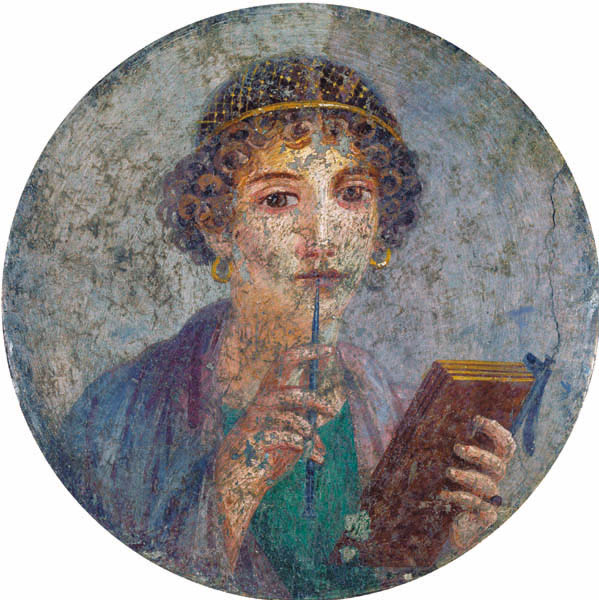Image Details

Erich Lessing
An elegant young woman, once thought to be the Greek poet Sappho, gazes soulfully out of a first-century B.C. medallion painting from Pompeii, Italy. In her left hand she holds a wooden writing tablet, which would have unfolded to reveal a layer of wax inside; with her right hand she raises a stylus, a pointed tool used to make impressions in the wax. Although this woman must have enjoyed a high social status (as her fine jewelry indicates), it should not be assumed that ancient literacy was confined to the elite, writes author Alan Millard. Many ordinary people in Jesus’ Palestine, Millard argues, were at least partly literate—a fact that the archaeological record amply demonstrates.
